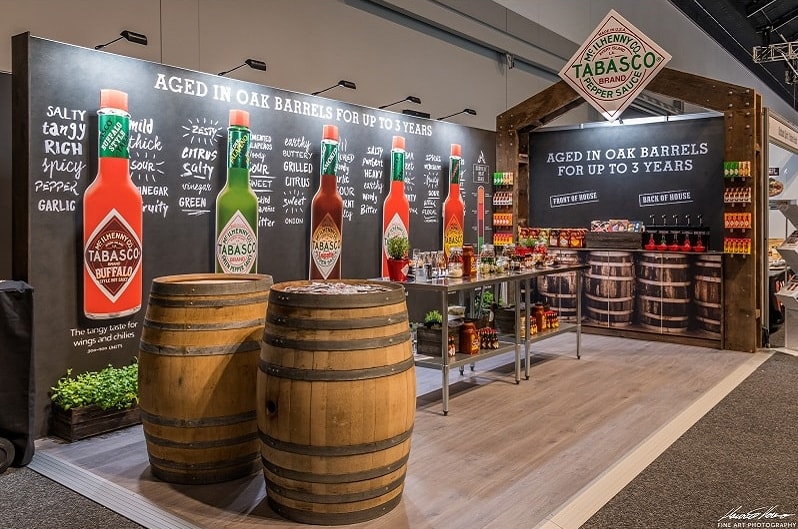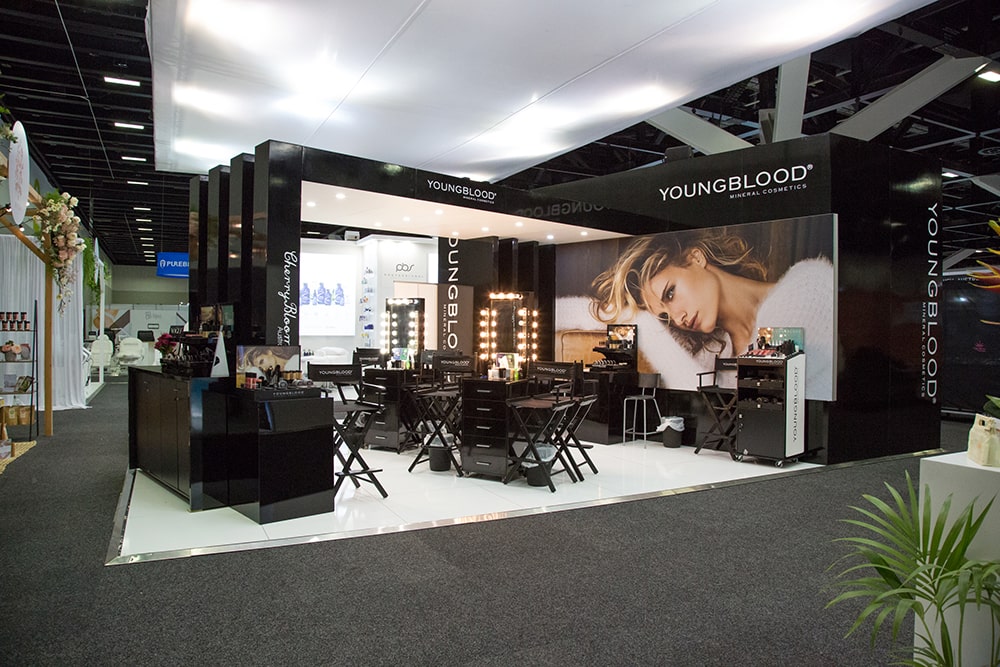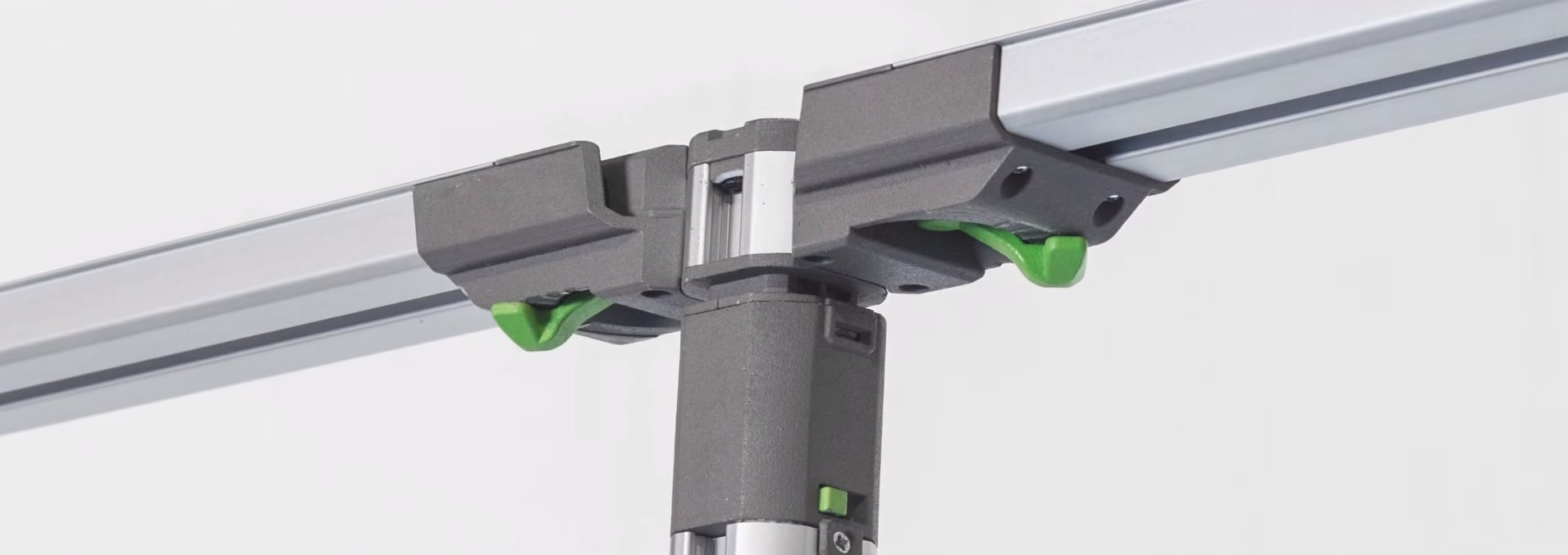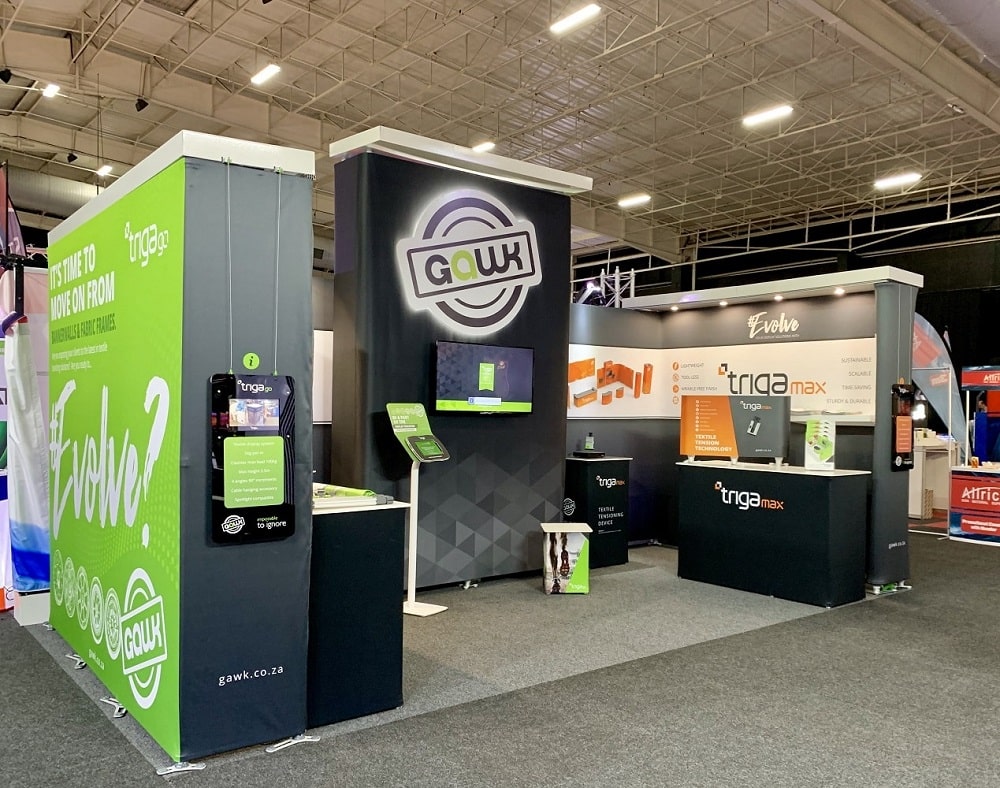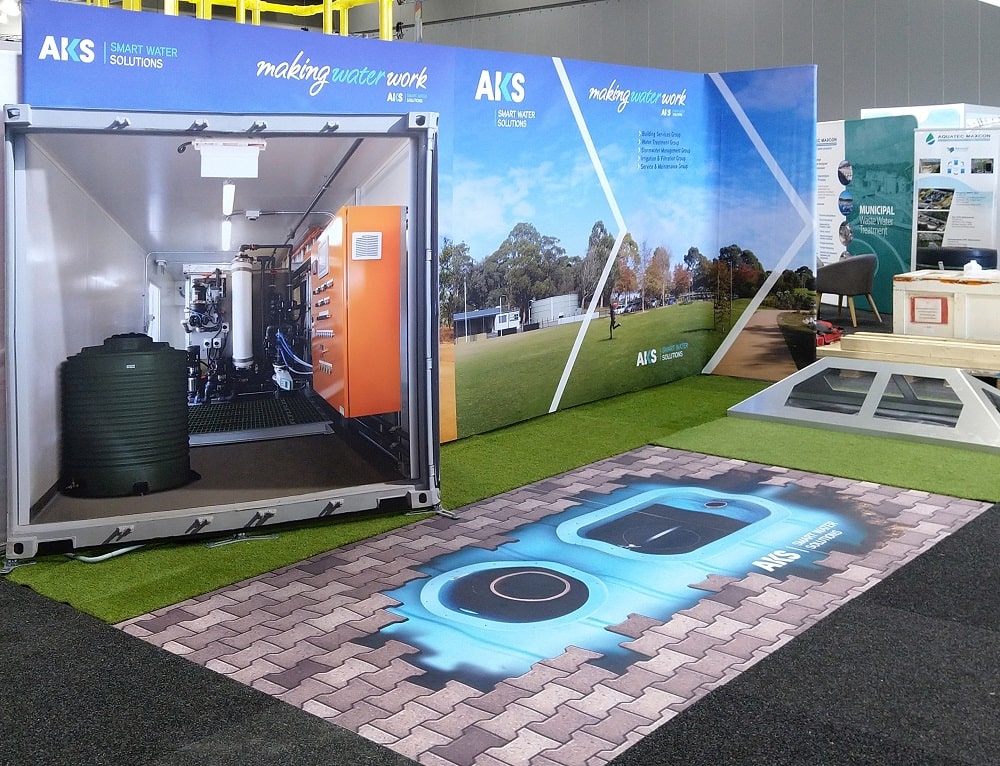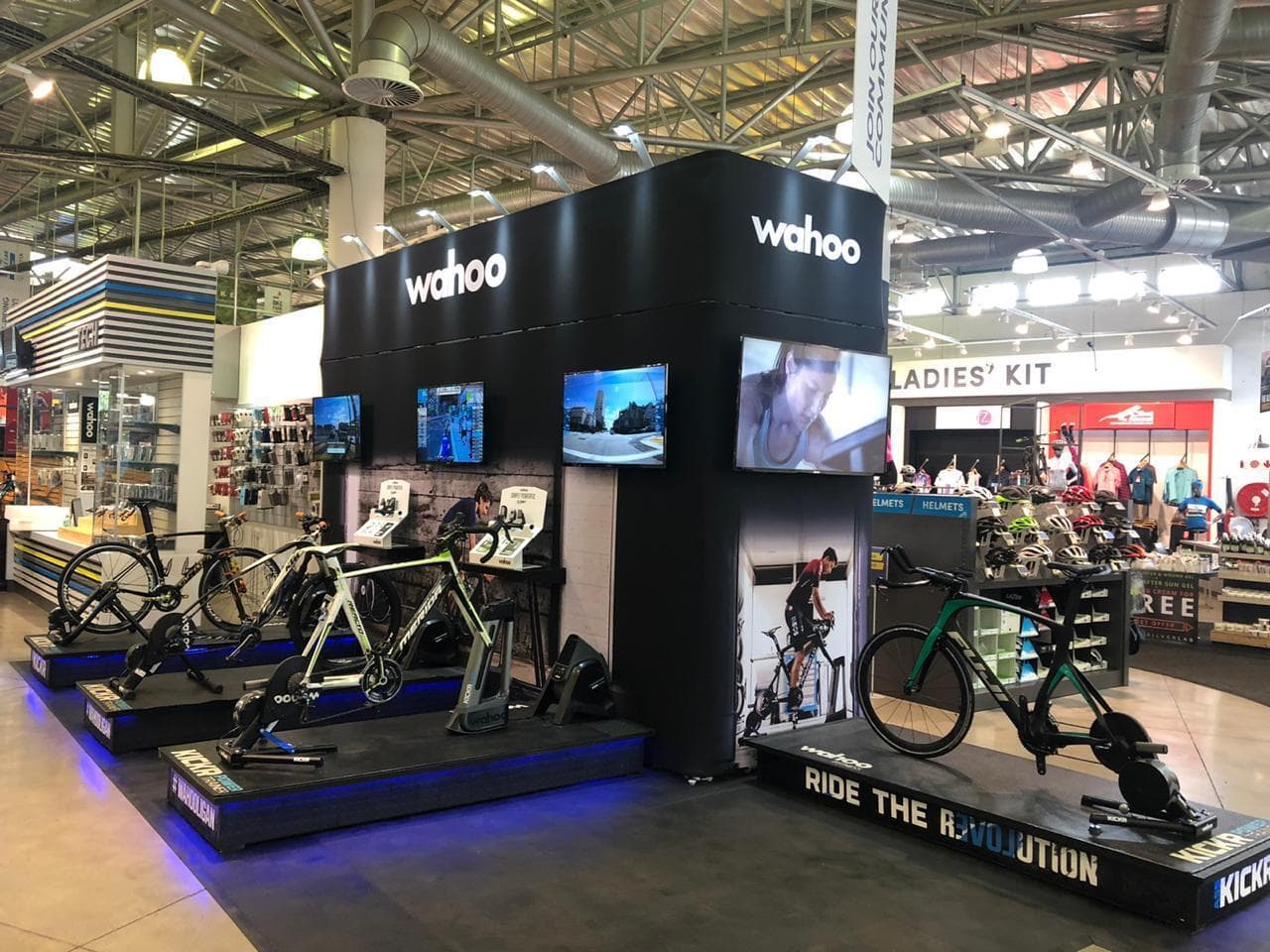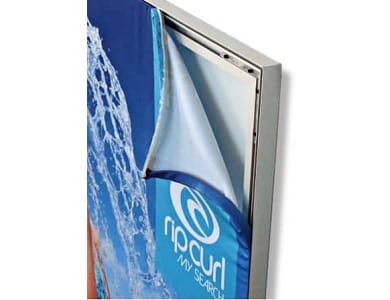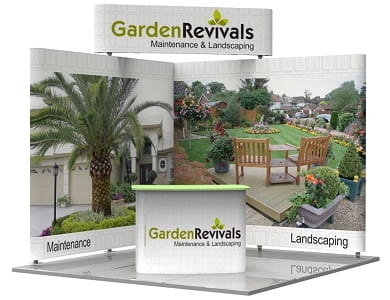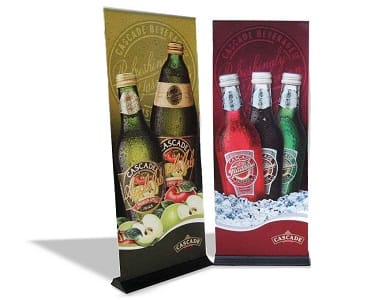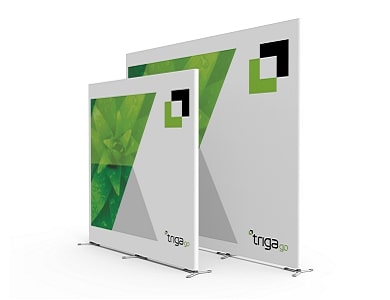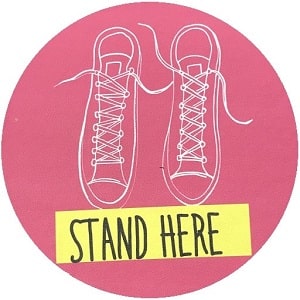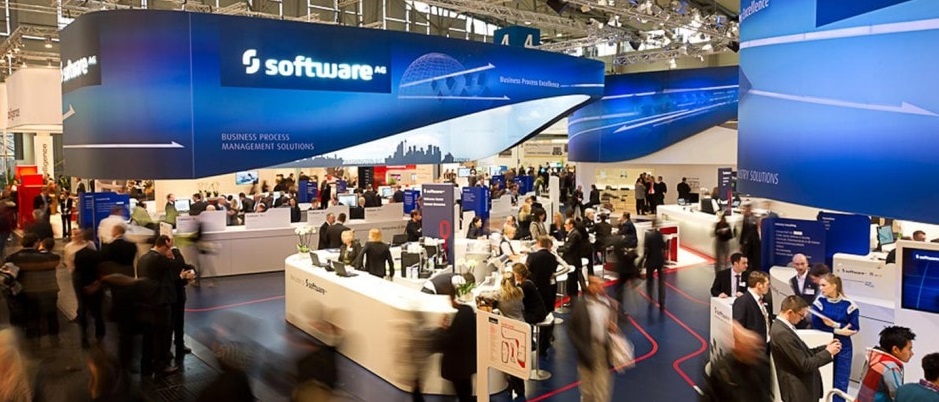
David A. Garvin wrote a post on Harvard Business Review on the 8 factors that determine the quality of a product. The 8 factors are:
In this post, we’ll discuss these eight factors and what makes a great quality exhibition stand.
1. Performance
Performance refers to a product’s primary operating characteristics. For example, a car’s performance would be its acceleration, handling, safety, and comfort. For a fast food franchise like McDonald’s, performance would be the speed of service and the quality of their food.
When it comes to exhibition stands, here are four common performance factors:
- Simple to set up and dismantle: It is designed in a way that the average sales rep can assemble a whole stand themselves. If it requires no tools or special skills to assemble, that would be a huge advantage.
- Flexibility in replacing graphics: Who likes paying a specialist to just replace your graphics? A good exhibition stand system allows you and your staff to do it all themselves.
- Adapt to different booth sizes: From time to time, you may need to have a booth of a different size. A good exhibition stand should easily adapt itself to suit different booth sizes.
- Easy to transport around: It can be packed down into portable carry bags which means you don’t have to pay a logistics company to transport your stand for you and risks being late for the show.
2. Features
A lot of people confuse features with performance. Features are additional factors that improve the appeal of a product or service to the customer. These are the bells and whistles. Features are generally used as differentiators between competitors.
TRIGA’s accessories
One of the key features that makes TRIGA unique compared to other exhibition systems is its modularity. This means you can customise the stand to how you want it to look. It also comes with multiple accessories such as TV mounting brackets and shelving units to customise the look of your stand.
3. Reliability
Reliability is one of the most important factors. No matter how many features a product has or how well-built it is, if it isn’t reliable, it isn’t a quality product. According to Garvin, reliability is the likelihood that a product will not fail within a specific time period.
Depending on the product, this factor becomes increasingly important when it is used for a time-sensitive job. Farmers, for example, are especially sensitive to downtime during the short harvest season because that can mean the difference between a good and bad year.
Reliability is also a major contributor to a company’s brand and image and can be a huge competitive advantage. For example, recent research shows that reliability has become a car’s most desired attribute.
TRIGA’s reliability
When designing TRIGA, one of our key requirements is reliability. We understand how frustrating it is to work with exhibition displays that you can’t count on. You want to set up the stand and be confident it works. The last thing you want is the stand not being able to be set up because of a missing tool or broken hardware.
One of the ways we improved the reliability of TRIGA is to reduce the number of moving parts in the system. Because the fewer parts there are in the system, the lower the likelihood that something breaks.
Another advantage of TRIGA is the system doesn’t rely on any single hardware or part to work. This means if one part breaks, all you have to do is fix or replace that part instead of replacing the whole system.
4. Conformance
Does the product meet industry standards? All products and services involve specifications of some sort. When products are developed, these specifications are set and a target is set, for instance, the materials used or the dimension of the product. Not only the target but also the tolerance (the range of permitted deviation from the target) is defined. One problem with this approach is that there is little interest in whether the specifications have been met exactly as long as the tolerance limits are met.
In service businesses, measures of conformance normally focus on accuracy and timeliness and include counts of processing errors, unanticipated delays, and other frequent mistakes.
TRIGA’s conformance
For an exhibition stand, industry standards would relate to finishing, hardware quality, and most importantly accuracy of the colours on the graphic prints. Because the stand will represent our client’s brands, we need to ensure the colours on the graphic prints accurately match the colours of our client’s brands.
5. Durability
Durability is the length of a product’s lifespan. It can also be defined as the amount of value a customer gets from the product until it breaks or when a replacement is required to continue using the product.
TRIGA’s durability
TRIGA was designed with durability in mind. We want it to be the best value trade show system you can buy. It is designed and built to go through multiple installations, dismantlings, packings, and transportation. We wanted our clients to have an exhibition stand that lasted for years and the only thing they need to replace are the prints.
“If you’ve ever seen the crazed expression of an exhibitor at the end of a show who wants to get their display packed quickly so they can get to the taxi line, you know how much abuse a display can receive in those few frenzied minutes.” – Mike Thimmesch
6. Serviceability
Serviceability is the speed with which the product can be put into service when it breaks down. This also includes how the service is handled. For example, the timeliness of the service, the behaviour of the staff, and the frequency of calls required to get the job done.
Garvin also pointed out how these services are handled is important to a company’s reputation for quality and service which will ultimately affect the company’s profitability.
TRIGA’s serviceability
Unlike other exhibition stands, TRIGA is modular. The benefit of this is if one part breaks, all you have to do is replace that one part which will (1) save you a lot of money and (2) a lot of headaches.
In terms of service where we stand out is:
- Our calls go directly to the receptionist. Therefore, you don’t have to answer to a robot and press a few numbers before reaching a real human being.
- Each of our clients is assigned to an account manager which means you will be dealing with someone who understands your needs compared to dealing with another customer service rep.
7. Aesthetics
Aesthetics is one of the most subjective factors of quality. The reason for that is because how a product looks, feels, sounds, tastes, or smells are all subject to individual preferences. The aesthetics of a product can also be influenced by a company’s brand such as Apple’s iPhone or iPad.
When it comes to exhibition stands, how the exhibit looks and feels is very important because the ultimate goal of the exhibit is to grab attention. The quality of the graphics plays an important role here. Are graphic images vivid? Are the colours accurate?
TRIGA’s aesthetics
When designing TRIGA we wanted it to be aesthetically pleasing and elegantly portrays our clients’ brand. The TRIGA exhibition system is also modular which means you’re also able to create U-walls, L-walls, or any shaped walls and it doesn’t expose the frame, unlike some systems which give you a more minimalistic look.
8. Perceived Quality
A company’s reputation or product’s brand is one of the most influential factors in perceived quality.
For example, Apple’s iPhone is made in China but consumers view the iPhone as a high-quality product. Huawei’s smartphones are also made in China but it is perceived as a lower-quality product than the iPhone.
For an exhibition stand, perceived quality is determined by reviews of the company, word of mouth, and brand perception.
TRIGA, a modular exhibition system that ticks all the boxes
Bottom line
The 8 factors that determines a quality exhibition stand are:
- Performance
- Features
- Reliability
- Conformance
- Durability
- Serviceability
- Aesthetics
- Perceived quality
